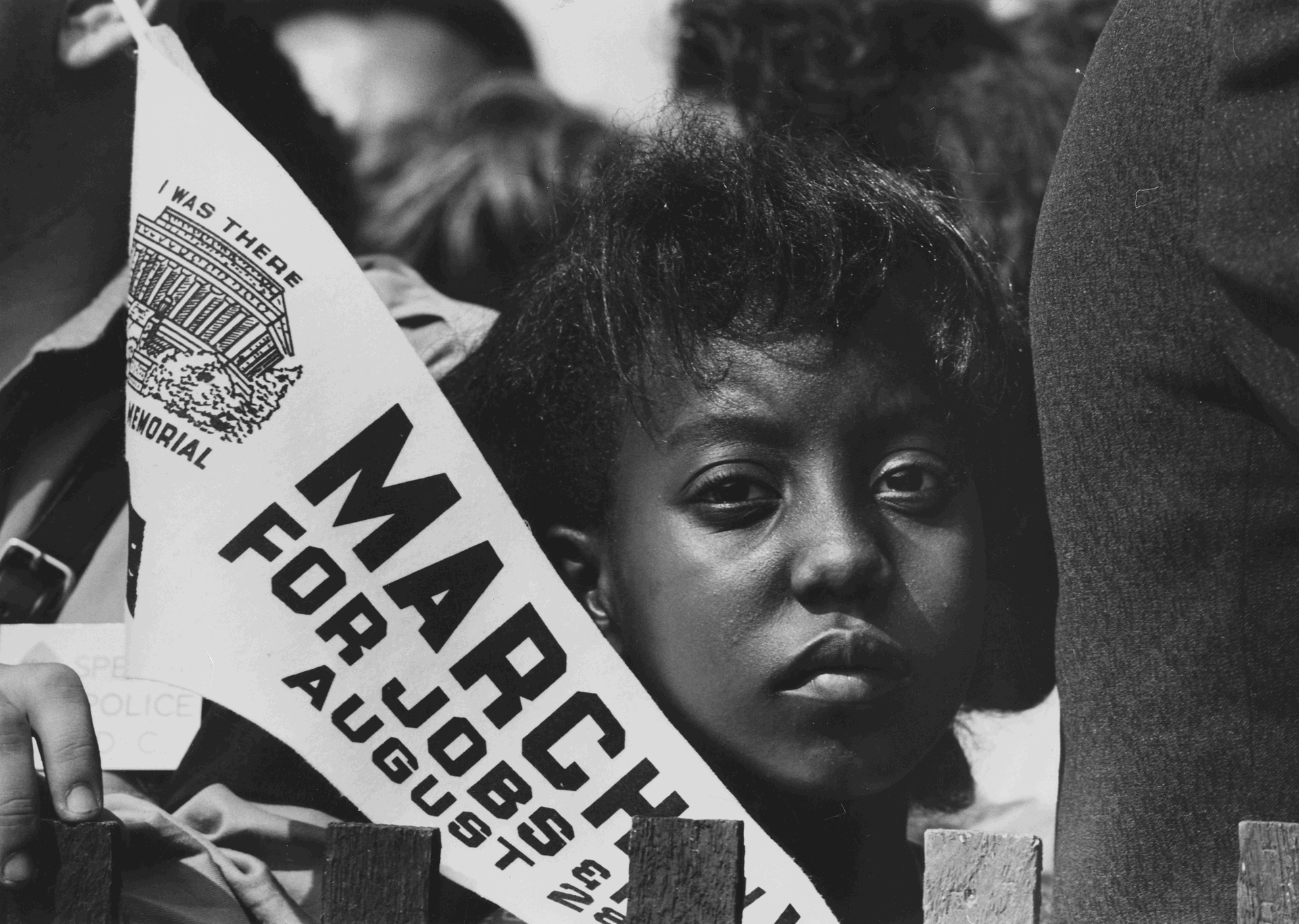The Summer That Changed Detroit
Starting with a black and white photo that captures a white police officer powerfully holding his gun and waiting to take an action, this article focuses on the 1967 unrest in Detroit. The vignette that it begins with is particularly interesting. This riot is told by the narrative of Loretta Holmes, who was attending an unlicensed after-hours club, knows as “blind pig.” In the middle of the club, white police officers came in and arrested all the black partygoers. Right after this arrest, this place started a riot, which became a tipping point of the police brutality in Detroit.
Fifty years have passed by; however, what does the history of Detroit unrest mean to today’s residents? It is not surprising to see the discrepancy among different residents. Different perspectives can be categorized into two parts: urban and suburban residents as well as black and white residents. In the first category, it is very clear to see the unequal distribution of resources between the cities and suburbs. Most revitalizations happened in the cities, whereas the outer neighborhoods underwent a much slower change. As a result, the urban residents viewed the 1967 unrest as effective and optimistically celebrated the change that the history had mediated. On the contrary, suburban residents deemed the city and society had a long way to go. Similarly, in the category of black and white Detroiters, black residents, just as the suburban ones, viewed this history as a reminder of what society should accomplish still, whereas whites’ reflections on the riot in general only highlighted how much better things had become. On account of such ground approach, this article successfully presents the nuances on the ground level in the north and the racial complexities underneath the surface.
To me, the different perspectives by the residents display a very interesting phenomenon: the majority of black Detroiters focused on the brutalities, such as shootings and deaths, of the past years, while most whites only saw the big progression that the community in Detroit had accomplished. The completely opposite views of societal development demonstrate the fundamental racial tension in the north system. Without such nuanced examples of the ground voices, it would be easy to deduce that the good relations between black and white in the north perpetuate.
